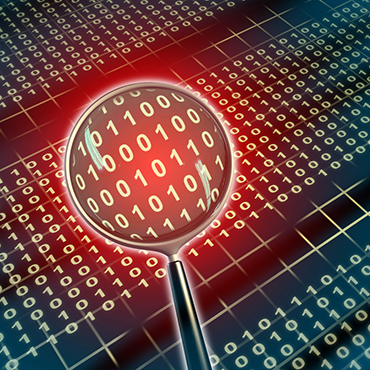When standardizing data is not enough

A DOD instruction to make information more shareable and accessible has a serious limitation.

In August, Pentagon officials updated previous guidance in a bid to facilitate better data-sharing between Defense Department components, but some say it could inadvertently place limitations on mission-critical information in the field.
DOD Instruction 8320.02 directs that "data, information and IT services will be made visible, accessible, understandable, trusted and interoperable throughout their lifecycles for all authorized users." In concept, and in most applications, this means that information will be more shareable and more accessible.
But DOD's directive applies to entities under U.S. government authority. In certain cases, including counter-IED operations in combat zones, some information comes from other sources, such as civilian bystanders posting observations on social media, or foreign governments that are not mission partners – parties not subject to U.S. regulations.
As U.S. commitment winds down in Afghanistan, and the Pentagon faces fiscal pressures at home and a changing IED threat worldwide, the reliance on non-standard data sources will only increase, according to Michael Stumborg, counter-IED and weapons technical intelligence mission engineer at Intelligent Software Solutions.
"The problem is not with 8320.02, it's that the instruction only applies to DOD data suppliers," Stumborg said. "If we limit data to what's in standard format and under the control of DOD, we go to war with one hand tied behind our back."
Even as U.S. involvement in Afghanistan recedes, IEDs will remain a dynamic threat around the world. But a limited U.S. presence and resources will require data collected from non-traditional partners, rather than the American troops on the ground that have served as primary data sources, he noted.
"We're used to our own people generating data, but we're going to have to get used to harvesting data created by someone else that is not in our control," Stumborg said. "As much as we'd like to standardize data, improve efficiencies and reduce costs, we're still going to have to find ways of ingesting non-standard data from either fully uncooperative or neutral parties."
At home, reconciling the two might not be the main objective of the DOD directive, but it could be tricky in cases such as counter-IED operations or other activities.
"The idea is that the data and formats should be registered somewhere, so we know what we have and a particular data source could be easily discovered by someone else," said Gunnar Hellekson, chief strategist at Red Hat Inc. "Standards are good because they make it easy for everyone to work together, but that comes at the expense of everyone compromising on what they think the data or the format should be."
Hellekson suggested, though, that it is often relatively easy to extend data sets to include more formats.
The idea behind open data is that all of those formats are centrally registered for easier access and inventory – and that is the goal of 8320.02.
As DOD moves forward with plans to implement the National Information Exchange Model, a plan that provides a core for data components across communities of interest, it will help take care of some of the data sources, such as mission partners. NIEM already is in place at other government agencies, and a March memo from DOD CIO Teri Takai ordered its employment at the Pentagon.
But for the non-standard sources that counter-IED efforts will continue to rely on, DOD leaders may have to find another way of doing things.
"We've had a very difficult time as a nation trying to connect the dots, and those were dots that were under our control," Stumborg said of ongoing counter-IED efforts over the years. "We're moving into an environment where we have to connect dots that we don't even have access to. They're out there in the open; we just have to get at them."
NEXT STORY: Congress moves on back pay


